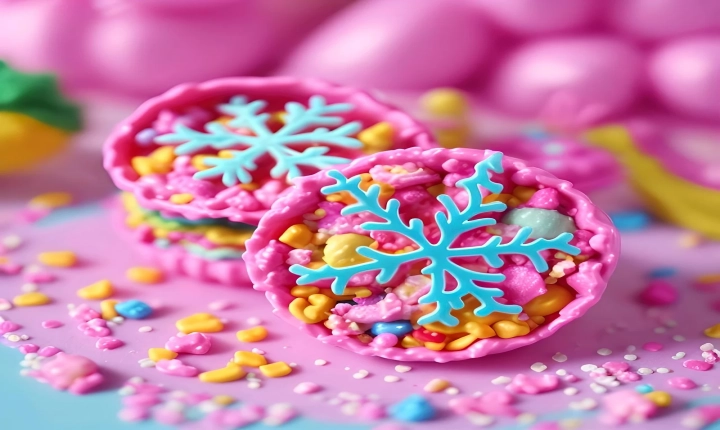The emergence of artificial intelligence (AI) in the field of art has sparked a contentious debate about the nature of creativity and the role of technology in the artistic process. With the growing prominence of AI-generated art, questions have arisen about the authenticity, originality, and value of artworks created by machines. This controversy has divided the art world, pitting traditionalists against proponents of technological innovation.
At the heart of the AI art controversy is the question of whether a machine can truly be considered an artist. Traditionalists argue that art is a deeply human expression, rooted in emotion, experience, and personal insight. They view AI-generated art as a commodification of creativity, lacking the depth and soul that human artists bring to their work. According to this perspective, AI art can never replicate the human experience or the emotional resonance of traditional art forms.
On the other hand, proponents of AI art believe that machines can indeed produce meaningful and valuable creative works. They assert that AI, equipped with sophisticated algorithms and neural networks, has the capacity to produce visually captivating and conceptually compelling art. Advocates of AI art emphasize the novelty and innovation that technology brings to the artistic process, pushing the boundaries of what is possible in the realm of creativity.
One of the most prominent examples of AI art is the work of the algorithmic artist, which has produced paintings that have been sold in prestigious art auctions for astonishing prices. These works have blurred the lines between human and machine creativity, challenging traditional notions of authorship and originality. The controversy surrounding AI art intensifies as it gains visibility and acceptance within the art world.
Furthermore, the ethical implications of AI-generated art have come under scrutiny. Critics argue that the use of AI in art creation raises questions about attribution and intellectual property rights. When a machine generates an artwork, who owns the rights to it? How do we credit the creator, if the creator is a complex algorithm developed by a team of engineers? These questions challenge the traditional frameworks of art production and ownership, amplifying the controversy surrounding AI art.
Despite the discord that AI art has sparked, it also presents an opportunity for redefining creativity and expanding the horizons of artistic expression. The fusion of technology and art has the potential to break new ground, opening doors to unexplored aesthetic possibilities and redefining the boundaries of what constitutes art. AI-generated art is not a replacement for human creativity, but rather a new medium that complements and enriches the artistic landscape.
In conclusion, the controversy surrounding AI art reflects the tension between tradition and innovation, human creativity and technological advancement. The advent of AI in art has disrupted conventional narratives about the nature of creativity and the role of artists. As the art world grapples with the implications of AI-generated art, it is evident that this controversy will continue to shape the future of artistic expression and the evolving relationship between humans and machines in the realm of creativity.
